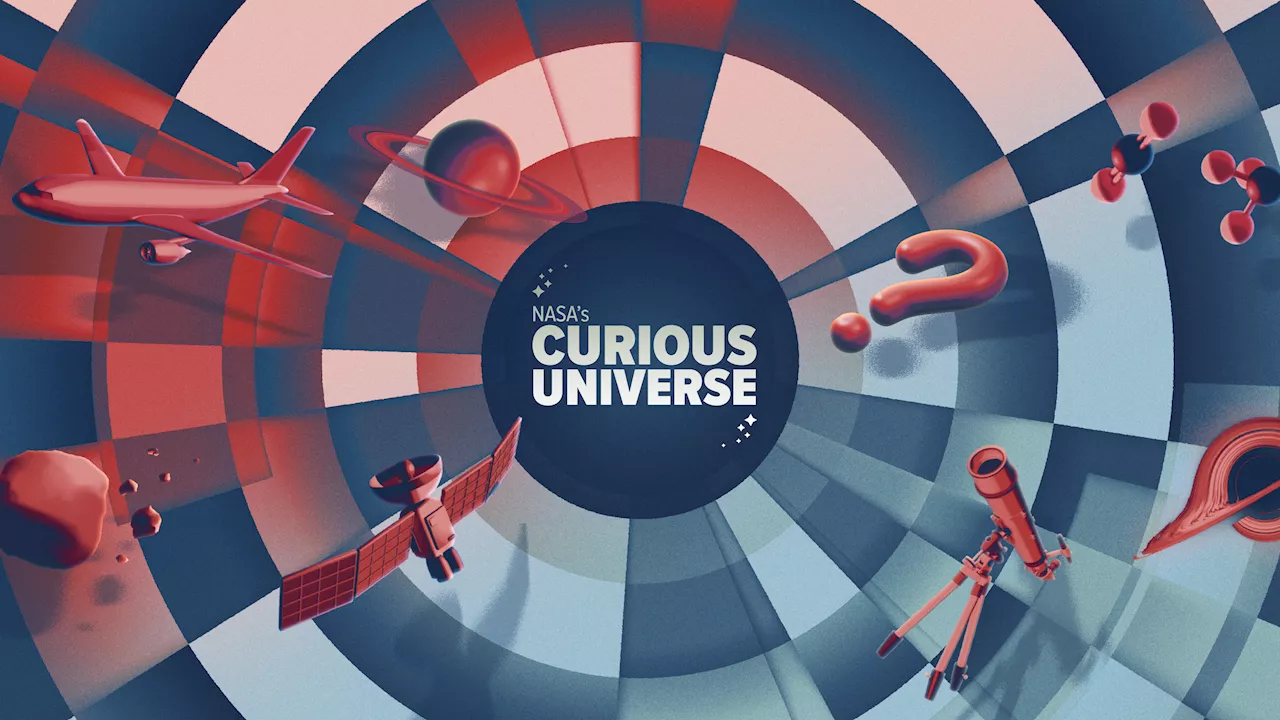Fly into the eye of a hurricane and meet scientists building AI models to improve hurricane prediction. Plus, how NASA makes data open for everyone.
As climate change drives more frequent and intense tropical cyclones and hurricanes, coastal communities desperately need better tools to predict how bad storms will be and when and where they’ll strike—and to assess the damage afterward. From the air and in space, NASA and NOAA collect critical data as storms roll in.
DEAN: We have two aircraft at NOAA, the NOAA Aircraft Operations Center in Lakeland, Florida, and we fly into the storm almost 24 hours a day until the storm hits landfall.JACOB: This is NASA’s Curious Universe. Today on the show, we’re riding along with Dean, to see what it’s like to fly inside a hurricane to collect the data that makes forecasting possible.
DEAN: We call it the Ring of Fire because you’re looking at a radar right at that eye wall, you’re getting what’s called red and pink on the radar, right? And I’m a pilot, right? I don’t know, especially coming to this. I didn’t know a lot about, you know, radar reflectivity, but I knew flying into red on a radar was really bad.
DEAN: You’re looking at a huge wall of water, a lot of precipitation, if that’s hitting the aircraft, it’s not a big deal. But if it’s frozen and it’s hitting the aircraft, it can, it’s bad news. DEAN: We’re breaking through the eye, right? And it’s super bumpy, and what it can have is these, what’s called mezzo vortices in the eyewall, and that is mini tornados. So, we’re trying to avoid those as we go through the eye wall…DEAN: You’re bouncing around everywhere. You’re trying to maintain the wings level. You can’t see anything. And then you break out, and it’s just like, you know, it’s quite beautiful, right?n: That is the eye of Hurricane Milton. Holy.
REBECCA: Yeah, so the P3s are like Monster Trucks, right? They are hefty, they’re stout, they’re built to take a beating. The G-IV is like a luxury sports car. It is sleek, it is pretty, it is fast, and that’s one of the things I love most about it. Now, if you’re trying to envision it, it’s basically the plane that you see in movies that are flying around celebrities. It is a business jet.
JACOB: And Dean and Rebecca can see the impact of their efforts right away. If you’re a weather nerd… You may have heard of spaghetti models… these are the initial hurricane forecast models that predict the storm tracks. DEAN: We live in Tampa and Lakeland, Florida. So I mean, every storm season, it’s inevitable that that we’re flying into the storm that’s going to hit our you know, where we live.
DEAN: Us flying the storm, 15 to 20% increase in track and forecast accuracy is what we do, right? So, I mean, that’s a difference of not evacuating Pensacola or evacuating Pensacola…. Bit by bit, with each new batch of data, the forecasts get better. And then, communities on the ground get a better sense of how much rainfall and what wind speeds to expect, and whether they’ll be hit by flooding or landslides.
To do that, we’re plugging all of our data into a technology you might have been hearing a lot about in the news… artificial intelligence and neural networks. It all started a few years ago. You’ve probably heard about ChatGPT, the generative AI large language model. It’s built around what’s called a foundation model, which is a large-scale base model that can be adapted to chat with you, write computer code, and so on.JACOB: Now, NASA has been experimenting with AI for decades, mainly to schedule missions for our faraway planetary rovers and to sift through images of exoplanets. But these foundation models are a new technology.
RAHUL: On the science side, it’s very much the same thing. It’s the same approach. But instead of words, what you do is you make patches in your data. So, you black out patches in your data, and it has to learn, you know, the missing patches in your dataset. RAHUL: How well does the model do in predicting these extreme phenomena, both in terms of track and intensity, right? The nice thing about hurricanes is, you know, it’s very well observed. There’s actually a really good existing dataset where we actually have observations of different hurricanes with this, weather tracks and as well as their intensity with actual observations. So, there’s a really good benchmark, you know, for any model to use that data to test against those observations.
JACOB: In a world in which greenhouse gas emissions have changed the climate, warming the oceans so much that they supercharge hurricanes, we need all the tools we can get. A JACOB: Now, that space coast is right in hurricane central. NASA is at the mercy of natural disasters, just like everyone else. The Kennedy Space Center in Florida has weathered its fair share of storms. Most recently, that included Hurricane Milton, which delayed the launch of our Europa Clipper mission.
JACOB: Folks in Texas wanted to know where power outages were after the storm, which turns out to be something NASA satellites can see at night.CARRIE: And this nighttime power product actually shows us where the power is still out. So, we can lay that on top of census data, we can actually pinpoint areas where populations are most vulnerable and target or assist organizations in that area and targeting aid to those specific locations.
CARRIE: And we’re very cognizant of the fact that disasters are happening at an increasing rate. We’re seeing stronger hurricanes. We’re seeing earlier stronger hurricanes. Just that increasing rate is really alarming for those of us on the program. KEVIN: Open science is really the principle and the practice of making sure that everybody can participate in science, has access to the publications, the data and the software necessary to do the scientific activities, and generally makes that information more broadly and equitably accessible to a lot of people.
JACOB: And is that something, you know, if I’m not a scientist, say, if I’m a student or someone like that, is there something in there for me that I can learn?
Audio Climate Change Data Resources Goddard Space Flight Center Hurricanes & Typhoons NASA Open Source Software Natural Disasters Podcasts Science In The Air Tornadoes Weather And Atmospheric Dynamics
United States Latest News, United States Headlines
Similar News:You can also read news stories similar to this one that we have collected from other news sources.
 New memory chip controlled by light and magnets could one day make AI computing less power-hungrySkyler Ware is a freelance science journalist covering chemistry, biology, paleontology and Earth science. She was a 2023 AAAS Mass Media Science and Engineering Fellow at Science News. Her work has also appeared in Science News Explores, ZME Science and Chembites, among others. Skyler has a Ph.D. in chemistry from Caltech.
New memory chip controlled by light and magnets could one day make AI computing less power-hungrySkyler Ware is a freelance science journalist covering chemistry, biology, paleontology and Earth science. She was a 2023 AAAS Mass Media Science and Engineering Fellow at Science News. Her work has also appeared in Science News Explores, ZME Science and Chembites, among others. Skyler has a Ph.D. in chemistry from Caltech.
Read more »
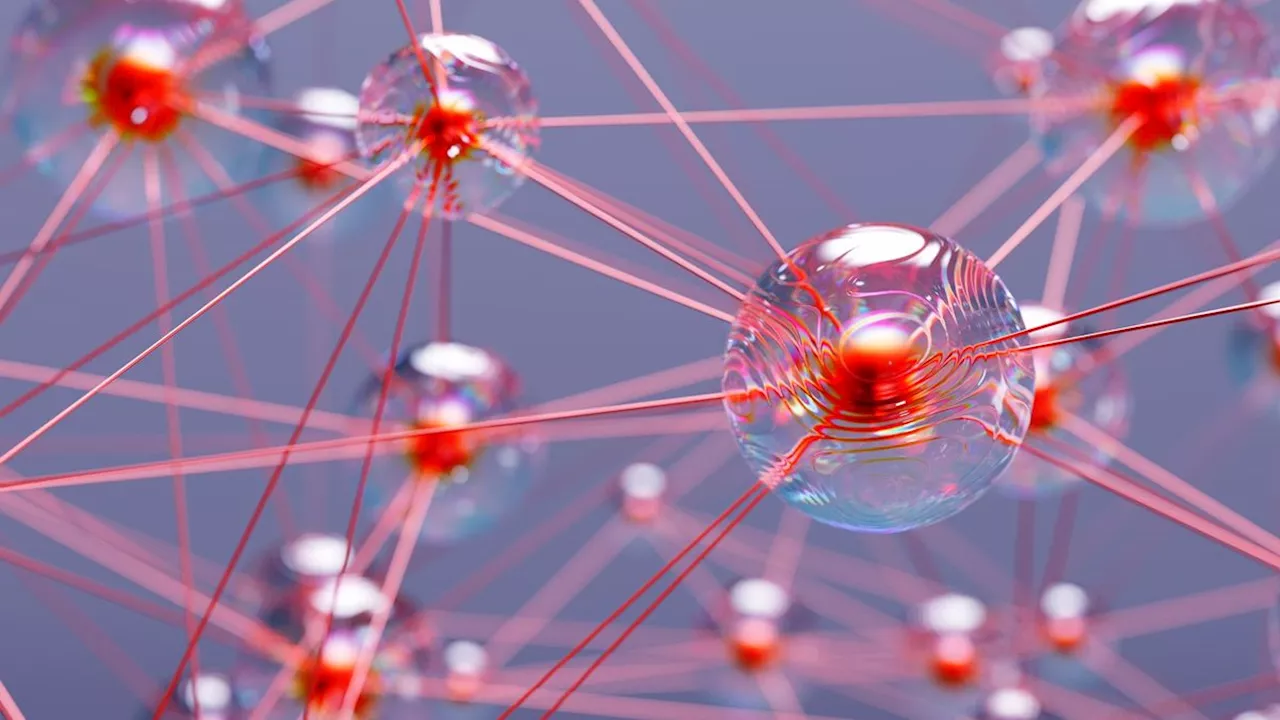 Chemists broke a 100-year-old rule to make extremely unstable moleculesSkyler Ware is a freelance science journalist covering chemistry, biology, paleontology and Earth science. She was a 2023 AAAS Mass Media Science and Engineering Fellow at Science News. Her work has also appeared in Science News Explores, ZME Science and Chembites, among others. Skyler has a Ph.D. in chemistry from Caltech.
Chemists broke a 100-year-old rule to make extremely unstable moleculesSkyler Ware is a freelance science journalist covering chemistry, biology, paleontology and Earth science. She was a 2023 AAAS Mass Media Science and Engineering Fellow at Science News. Her work has also appeared in Science News Explores, ZME Science and Chembites, among others. Skyler has a Ph.D. in chemistry from Caltech.
Read more »
 Scientists have built an AI-powered 'electronic tongue'Skyler Ware is a freelance science journalist covering chemistry, biology, paleontology and Earth science. She was a 2023 AAAS Mass Media Science and Engineering Fellow at Science News. Her work has also appeared in Science News Explores, ZME Science and Chembites, among others. Skyler has a Ph.D. in chemistry from Caltech.
Scientists have built an AI-powered 'electronic tongue'Skyler Ware is a freelance science journalist covering chemistry, biology, paleontology and Earth science. She was a 2023 AAAS Mass Media Science and Engineering Fellow at Science News. Her work has also appeared in Science News Explores, ZME Science and Chembites, among others. Skyler has a Ph.D. in chemistry from Caltech.
Read more »
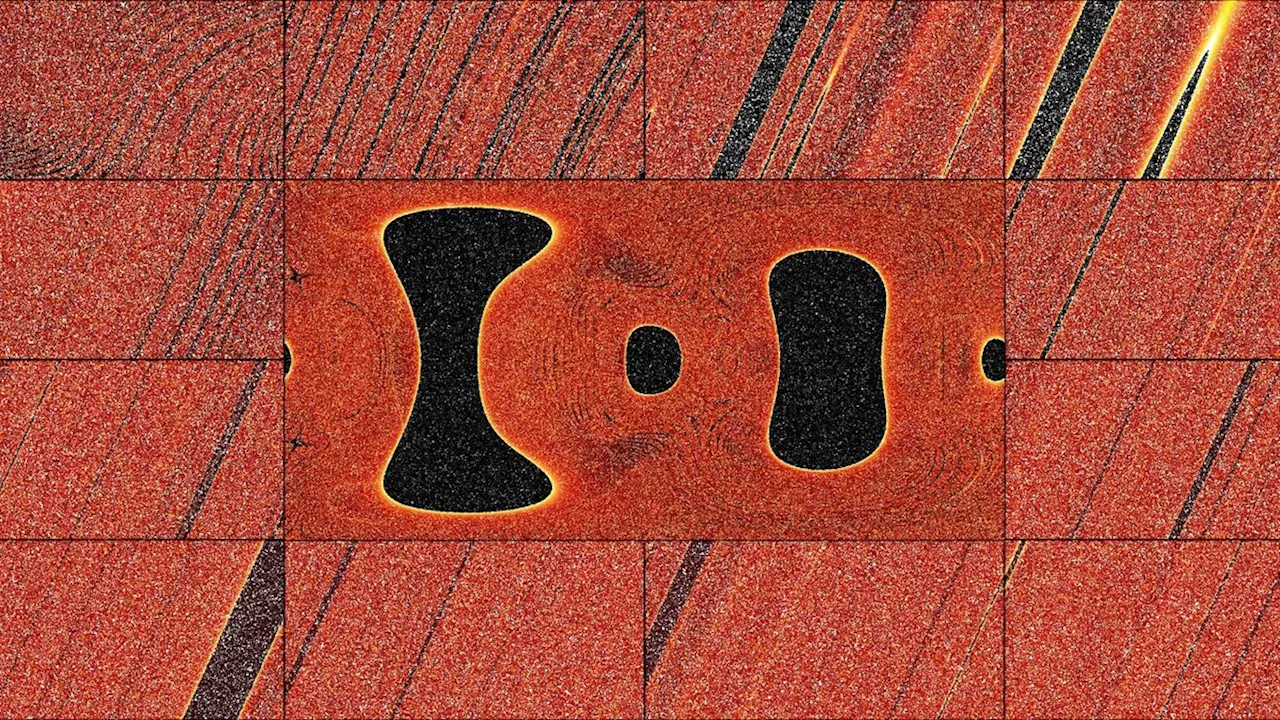 The '3-body problem' may not be so chaotic after all, new study suggestsSkyler Ware is a freelance science journalist covering chemistry, biology, paleontology and Earth science. She was a 2023 AAAS Mass Media Science and Engineering Fellow at Science News. Her work has also appeared in Science News Explores, ZME Science and Chembites, among others. Skyler has a Ph.D. in chemistry from Caltech.
The '3-body problem' may not be so chaotic after all, new study suggestsSkyler Ware is a freelance science journalist covering chemistry, biology, paleontology and Earth science. She was a 2023 AAAS Mass Media Science and Engineering Fellow at Science News. Her work has also appeared in Science News Explores, ZME Science and Chembites, among others. Skyler has a Ph.D. in chemistry from Caltech.
Read more »
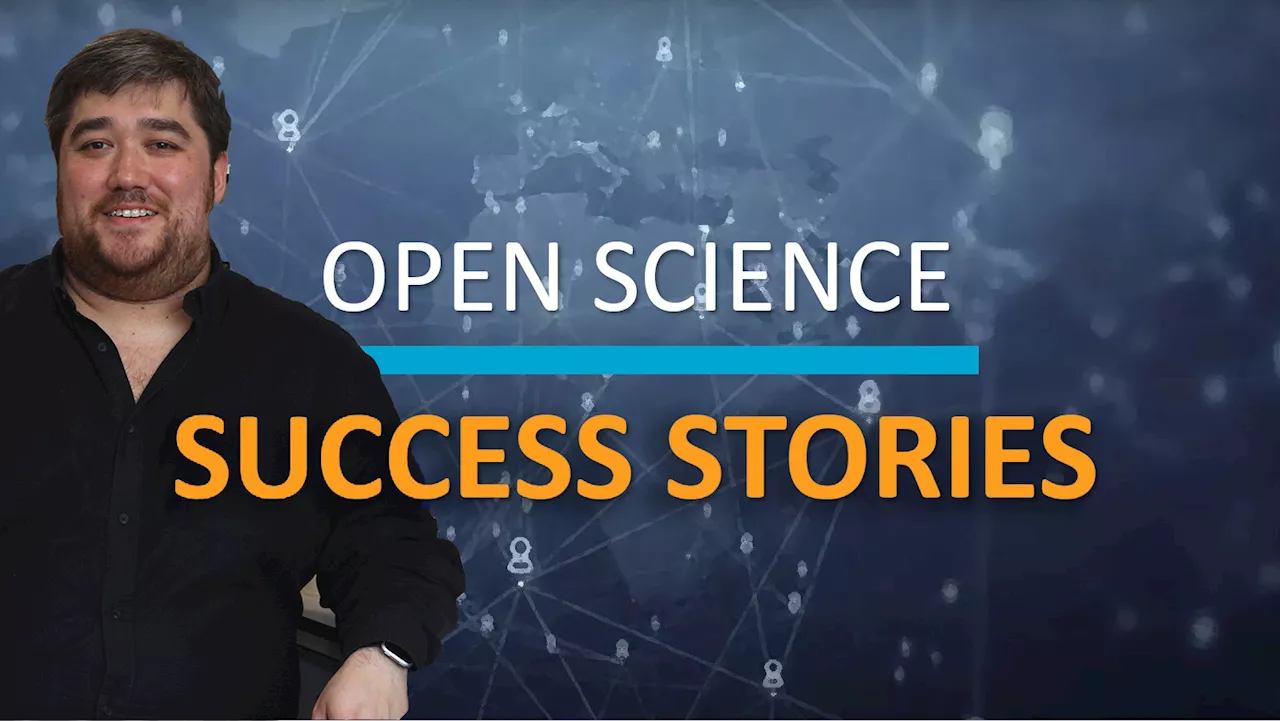 Open Science Success Stories with Dr Keith SiewDr Keith Siew of University College London, describes his involvement with the Open Science AWG (Analysis Working Group). He mentions how his research fed in...
Open Science Success Stories with Dr Keith SiewDr Keith Siew of University College London, describes his involvement with the Open Science AWG (Analysis Working Group). He mentions how his research fed in...
Read more »
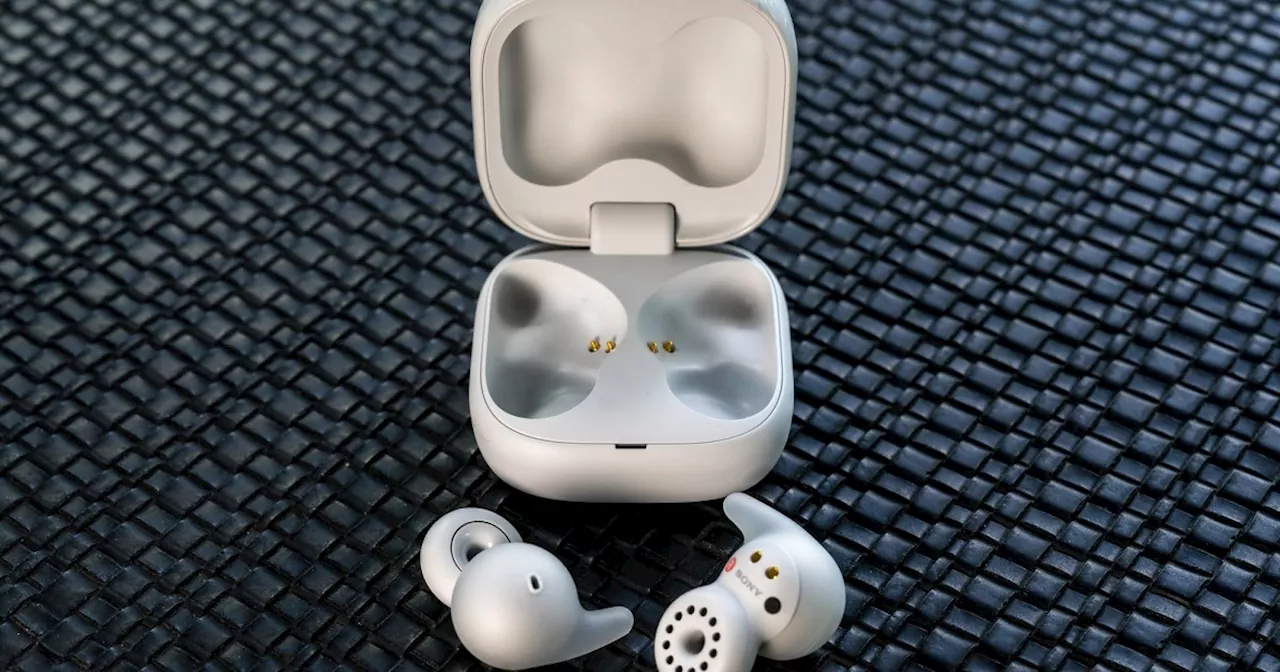 Sony LinkBuds Open review: a new level of open-ear audioSony's LinkBuds Open find a way to crack the audio conundrum that comes with open earbuds.
Sony LinkBuds Open review: a new level of open-ear audioSony's LinkBuds Open find a way to crack the audio conundrum that comes with open earbuds.
Read more »
